Steel section factor
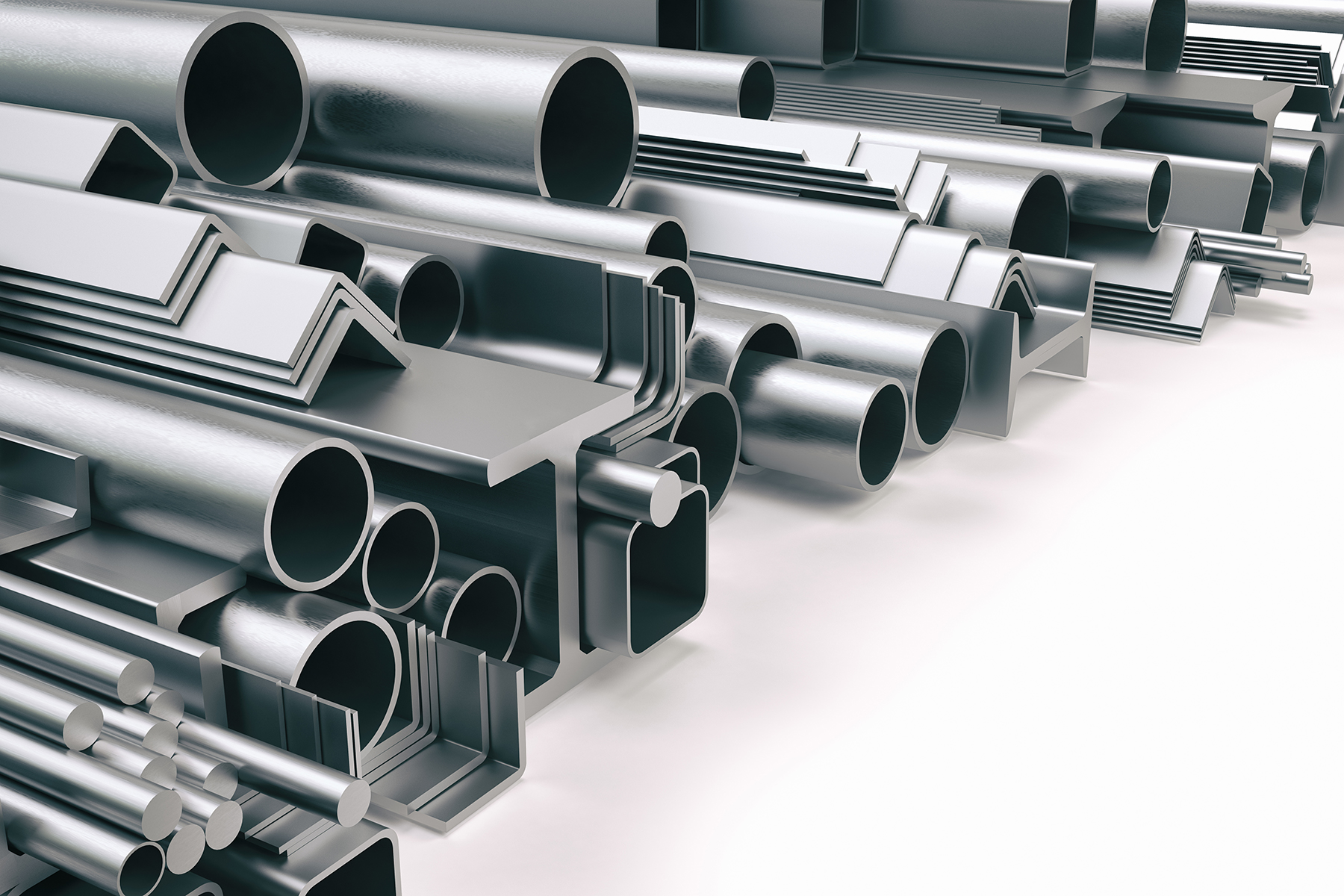
Steel section factor, otherwise known as Hp/A, is critical to the correct specification of intumescent coatings.
The dry film thickness required for a particular fire resistance time depends upon various factors.
One of those factors is steel section factor and, to ensure the correct intumescent paint coating specification it is important to understand steel section factor and how it is calculated.
Steel section factor, also known as Hp/A or ksm, is the ratio of perimeter to cross sectional area of structural steel members. Different section sizes heat up at different rates - the section factor is determined by dividing a section's perimeter by its cross-sectional area.
Hp/A gives an indication of the heating rate and dictates selection of the steel sections that can achieve the required FRL.
Generally, a larger, thicker steel member will have a lower Hp/A and lower heating rate than a smaller, thinner steel member.

This is important to consider because structural steel members with high Hp/A will require more passive fire protection than those with low a Hp/A. We need to apply thicker coatings (i.e. more insulation) to thinner sections than we do to thicker sections to achieve the same level of protection.
In a nutshell:
- Hp/A, A/V and Ksm are all measurements of the heating rate of a structural steel section in a fire. They are all different terms describing essentially the same thing - steel section factor
- Hp/A depends on two factors:
- ~Hp - The heated perimeter of the steel that is exposed to the flames
- ~A - the cross sectional area of the structural section
- Ksm depends on one factor:
- ~The ratio of the exposed surface area to the mass of the section in square metres per tonne
- Whichever terminology is used, the sectional shape, size and mass of the steel determines the exposed surface area to mass ratio or perimeter to cross sectional surface area
The bottom line of all this is that section size information is critical to ensure adequate protection and accurate budgeting.
Download the PDF
click hereMore articles...
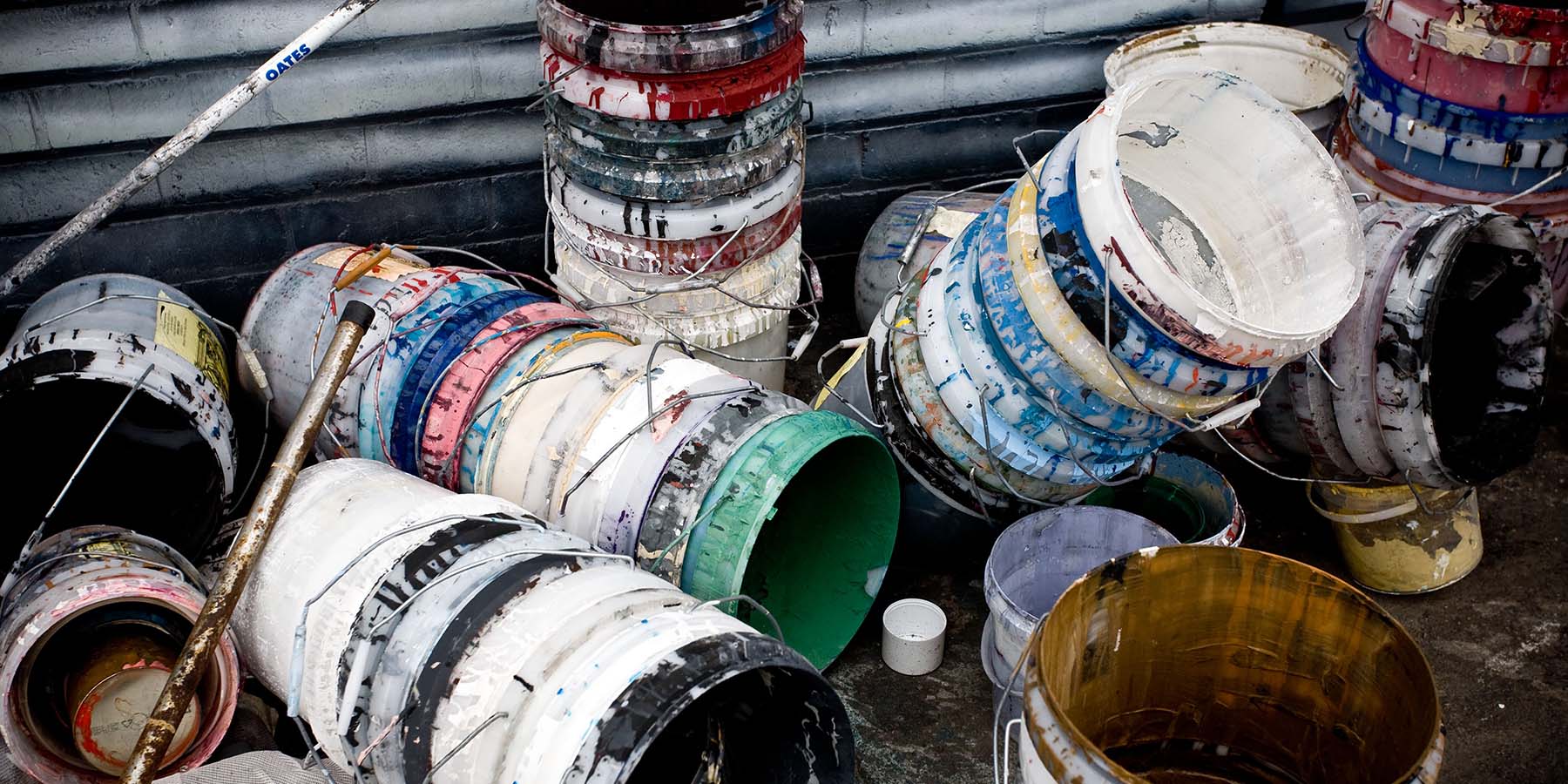
Intumescent coating types
There are a variety of intumescent coating types with different properties and application methods. Which type is the best for your situation?
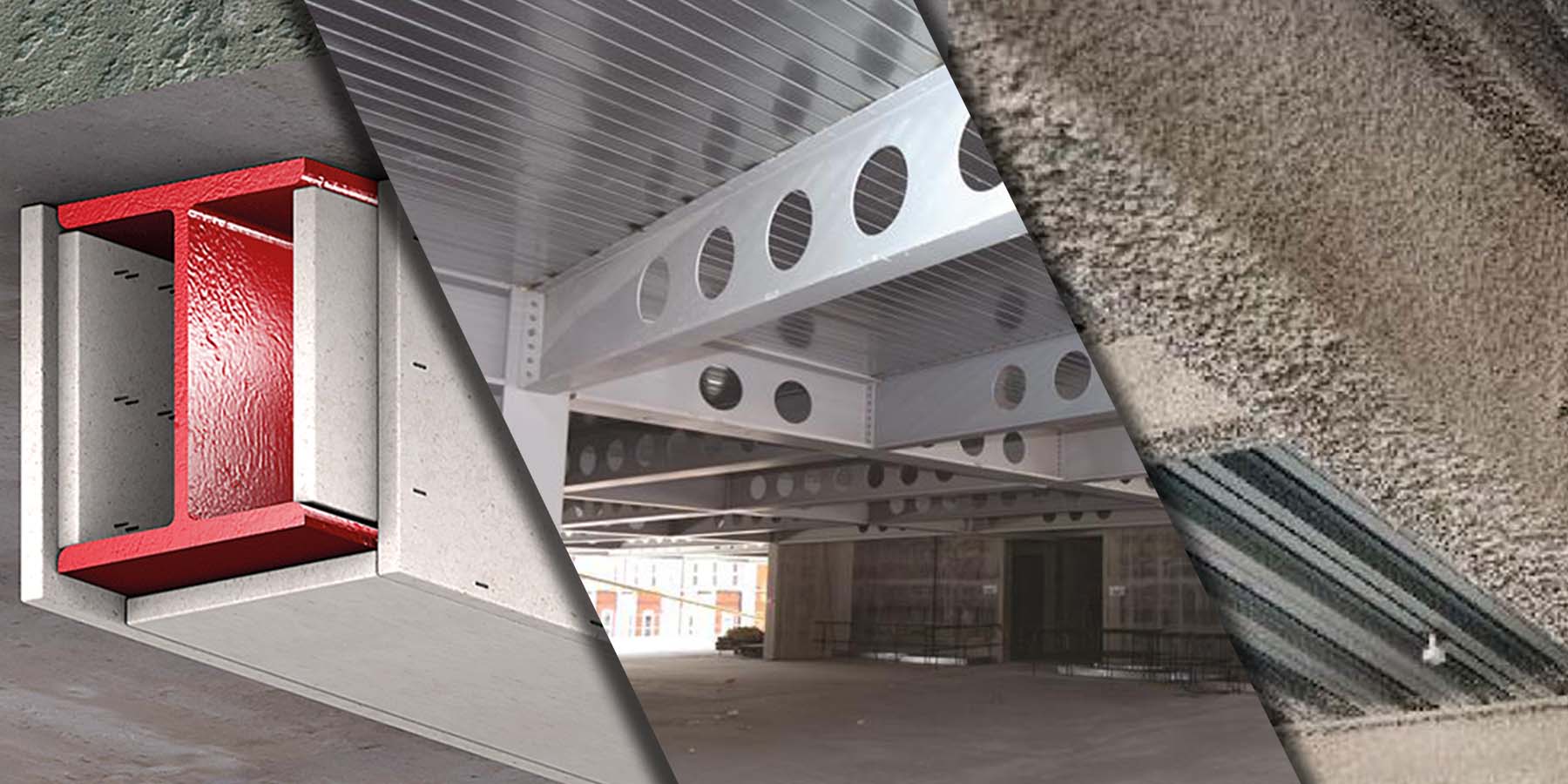
Passive fire protection methods
There are several ways to protect building structural work. Whilst some methods may be more prevalent, there is no one "best way" to protect a building's structure. The best method will most likely be determined by a number of factors, but here are your options.
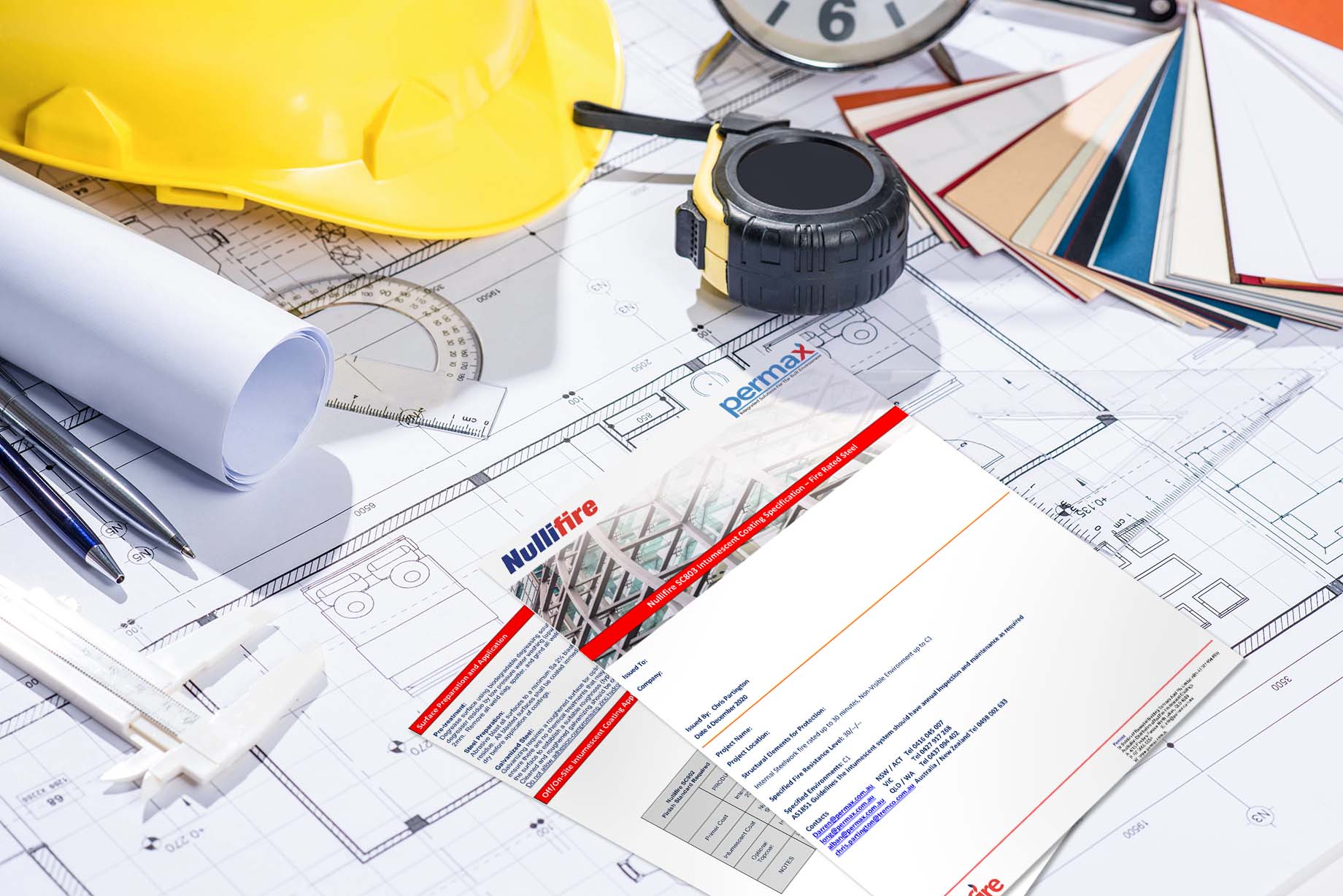
Intumescent paint coating specification templates
Access a range of templates supplied by manufacturers for the purposes of specifying their intumescent paint coating products for various FRLs and corrosivity ratings.
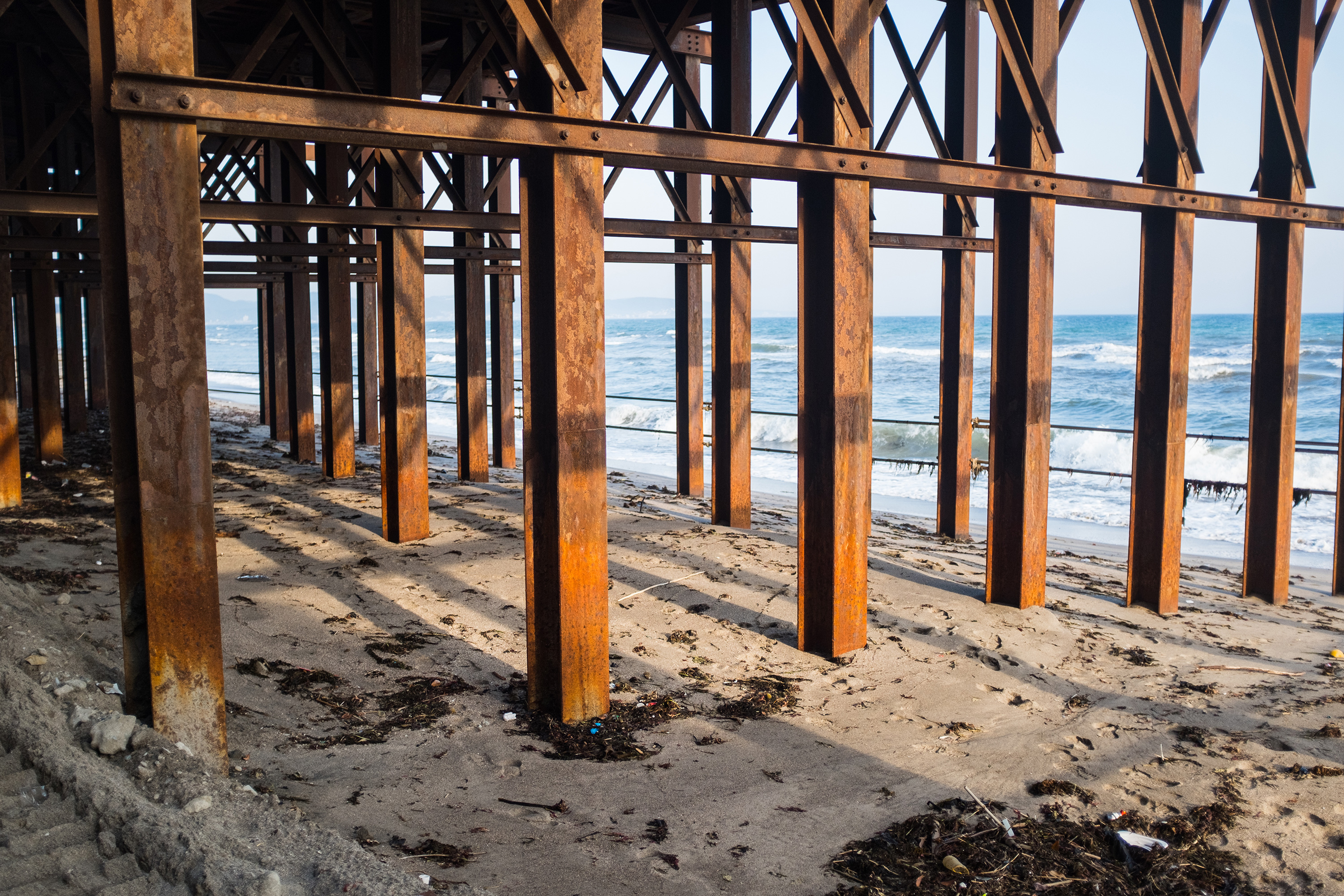
Intumescent paint coating corrosivity ratings in the Australian atmosphere
It's common knowledge that corrosion rates are affected by environmental factors, but do you know the various corrosivity ratings and their definitions?
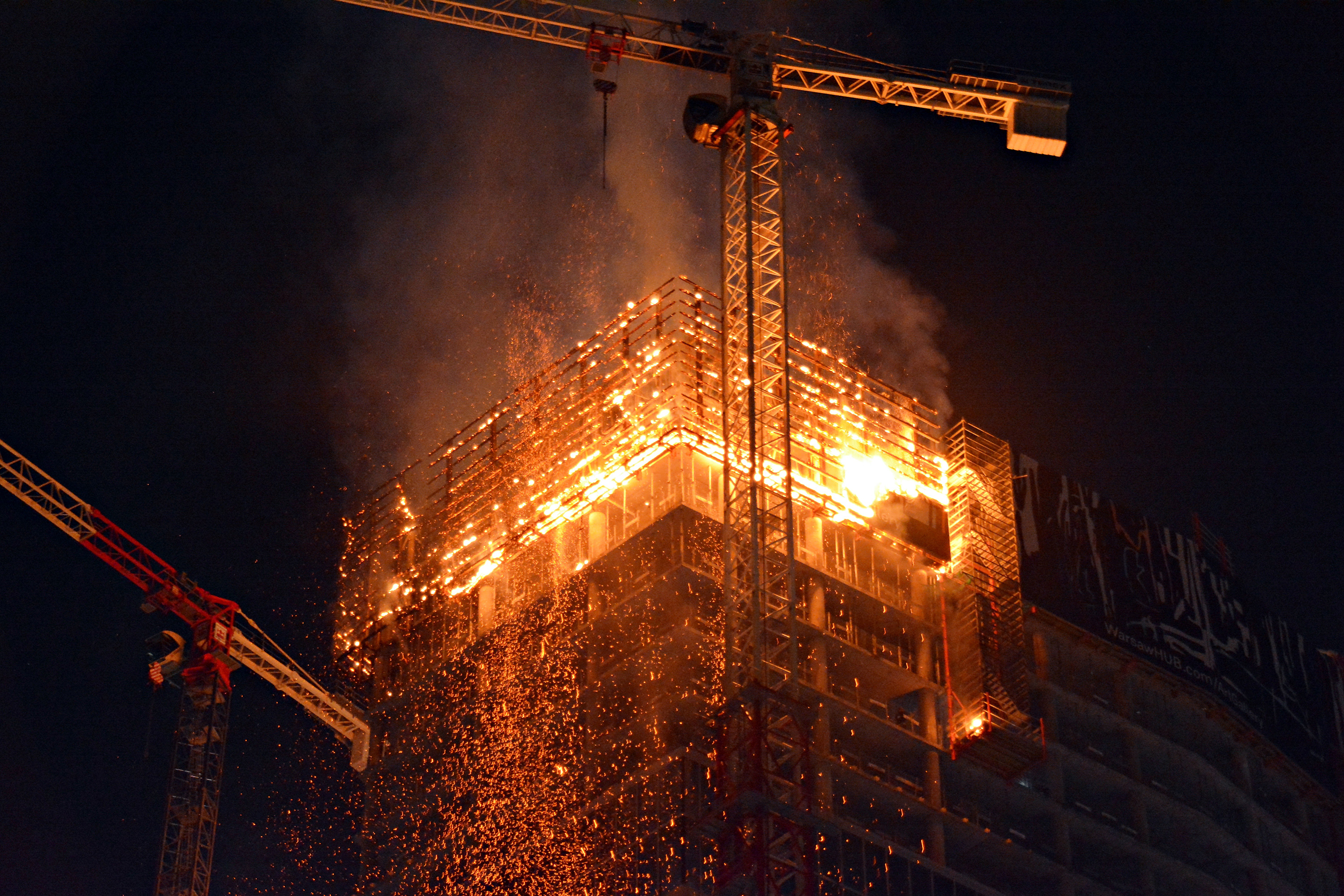
Limiting steel temperatures to maintain structural integrity
Maintaining structural adequacy on load-bearing steel is critical to the fire safety of building occupants, fire fighters and the surrounding built environment. Here's how limiting steel temperatures to maintain structural integrity relates to intumescent paint coatings.

Getting help with intumescent paint coatings
The specifying and application of an intumescent coating system is a highly specialised task that requires considerable training and experience to accomplish correctly.
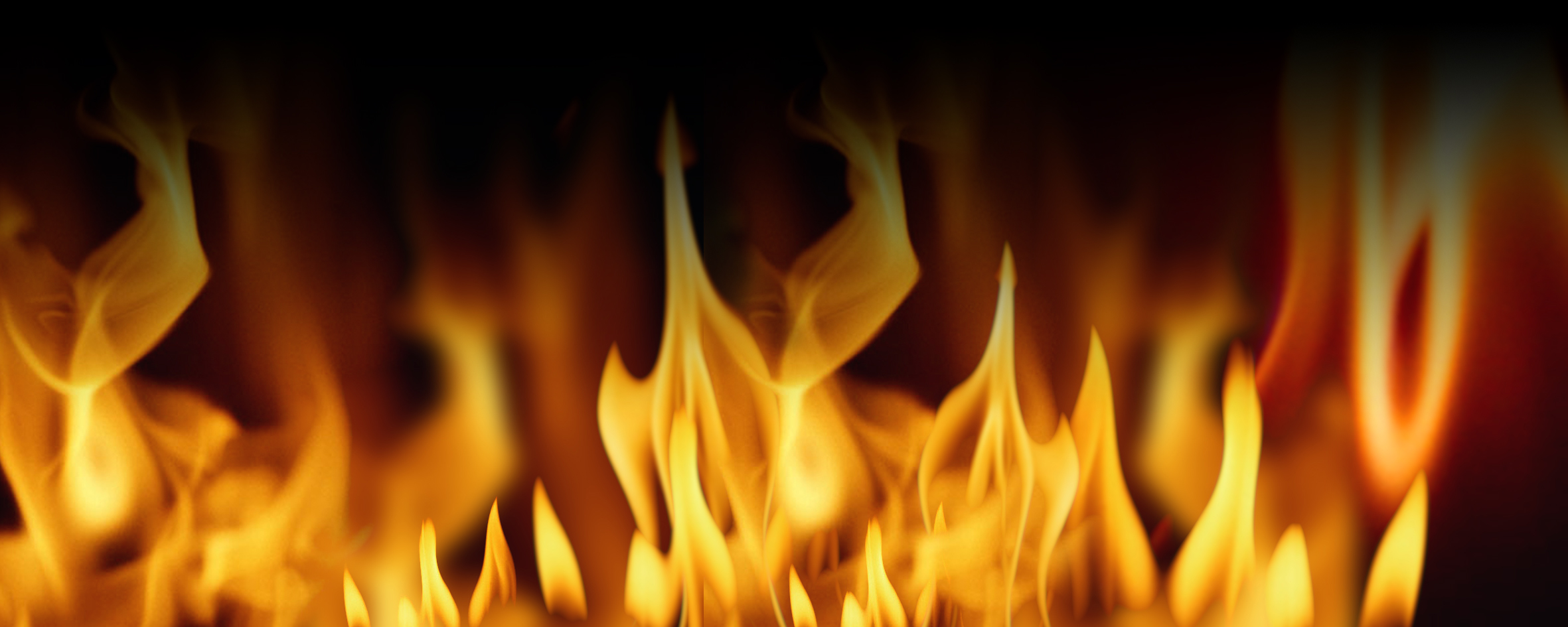
Fire types and severity
Different combustible materials burn at different temperatures which will have a bearing on the FRL of a given intumescent paint coating. This needs to be taken into account when specifying intumescent products so that the required FRL is ensured for the combustible materials that are likely to be encountered in a particular situation.

Quality assurance for intumescent paint coatings
We believe Painting Contractor Certification Program (PCCP) accreditation is paramount for passive fire protection contractors engaged in applying intumescent paint coating systems.

Specifying intumescent paint coatings
Whilst intumescent coating products may look just like paint, they have an important function (i.e. passive fire protection) that makes their specification a much more involved process.
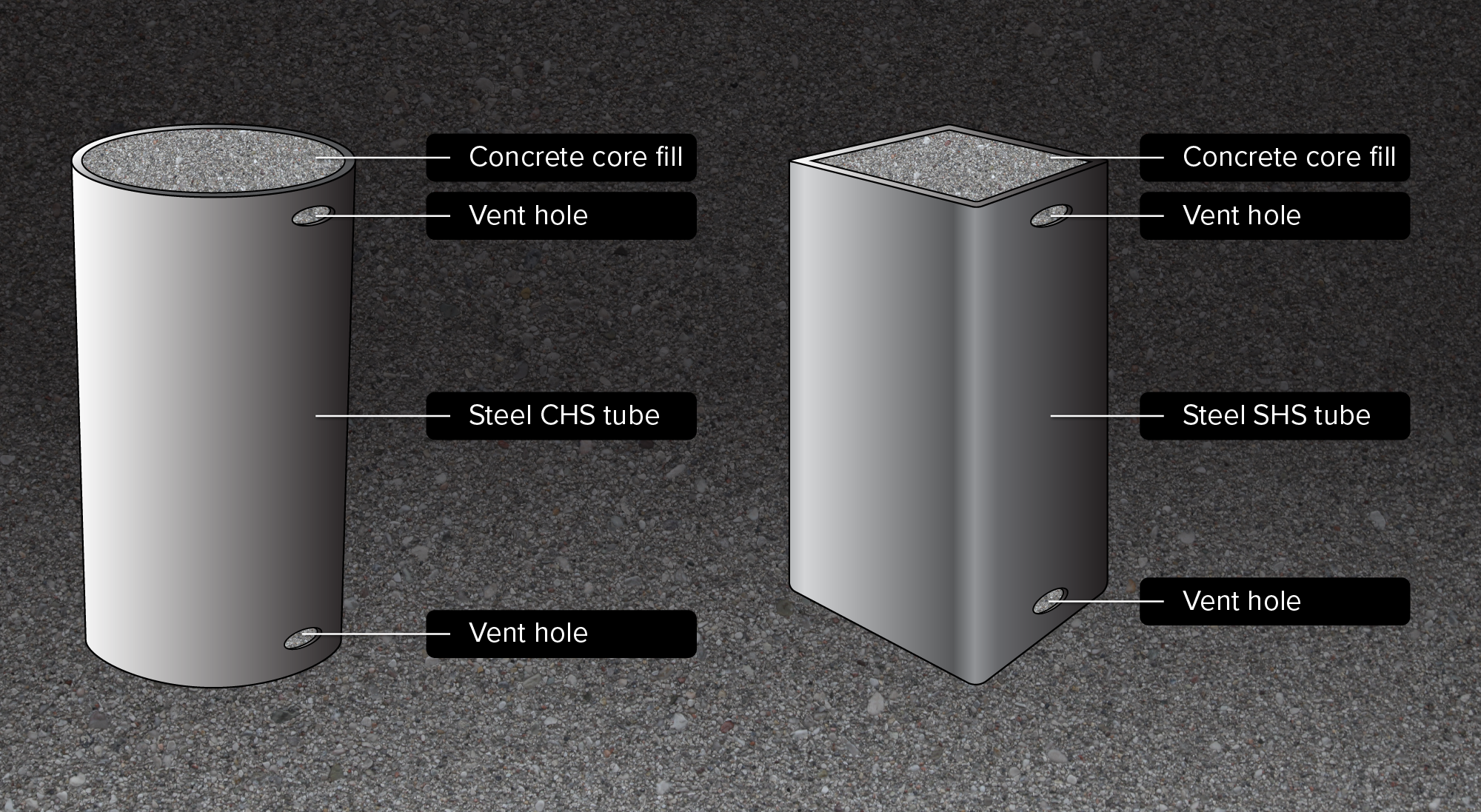
How core filling affects intumescent paint coatings
Core filling is a viable solution to fire-protect high Hp/A hollow section steel that is otherwise unable to achieve the desired FRL.
